Experiencing pain and difficulty moving your arm due to a triceps brachii strain? This article covers everything you need to know about this common injury, including its symptoms, causes, and treatment options.
Key Takeaways
-
A triceps brachii strain results from overstretching or tearing the muscle or its tendons, often due to sudden forceful contractions or improper lifting techniques.
-
Symptoms include acute pain during elbow extension, swelling, and difficulty fully extending the arm, highlighting the need for early recognition and treatment.
-
Immediate treatment involves the RICE method (Rest, Ice, Compression, Elevation), while rehabilitation focuses on gentle stretching and progressive strengthening exercises to restore function and prevent future injuries.
Understanding Triceps Brachii Strain

The triceps brachii muscle, commonly known as the triceps, is a powerful large muscle located at the back of the upper arm. It plays a pivotal role in the extension of the elbow joint, allowing us to straighten our arms and stabilize the shoulder joint during various activities. This muscle, including the lateral head, is attached to both the shoulder blade and the upper arm bone, making it integral to arm movement and strength.
A triceps brachii strain occurs when the muscle fibers or the tendons that connect the triceps muscle to the shoulder blade and elbow are overstretched or torn. This injury is often a result of a sudden forceful elbow contraction or an unexpected stretch beyond the muscle’s capability. The strain can range from mild, involving microscopic tears, to severe, where there is a complete rupture of the muscle or tendon.
Such strains are not limited to athletes alone; they can happen to anyone performing activities that involve the triceps muscle. Whether it’s lifting heavy objects, engaging in push-ups, or even experiencing a sudden impact, the triceps brachii is susceptible to injury. Understanding the mechanics and vulnerabilities of this muscle is the first step in preventing and managing triceps injuries effectively.
Symptoms of Triceps Brachii Strain

Recognizing the symptoms of a triceps brachii strain ensures timely intervention and effective treatment. Acute pain, especially noticeable when extending the elbow, is the primary symptom of this injury. This pain often comes on suddenly, accompanied by a tearing sensation felt that can be quite alarming.
In addition to severe pain, other symptoms include swelling around the triceps area and a noticeable difficulty or inability to fully extend the arm. These signs are indicative of the muscle strain’s severity and the extent of the damage sustained. Discomfort during use and persistent muscle function issues are also common symptoms that should not be overlooked.
The symptoms of triceps brachii strains can vary in intensity, but they all point to the same underlying issue: damage to the muscle fibers or tendons. Early recognition and response to these symptoms can make a significant difference in the recovery process, ensuring that the injury does not escalate into a more severe condition.
Causes of Triceps Brachii Strain
Understanding the causes of triceps brachii strains can help in both prevention and treatment. One of the primary causes is forceful contractions during activities that involve pushing away from the body, such as bench presses or push-ups. These exercises place a significant load on the triceps muscle, often leading to overuse injuries if not performed correctly.
Another common cause is a sudden forceful elbow contraction, which can occur during various physical activities. Repetitive pushing movements, straightening the elbow against resistance, and heavy lifting are all actions that can contribute to triceps tendonitis and subsequent strains. Overuse injuries are often the result of inadequate rest and recovery periods between intense workouts.
Direct trauma, such as a sudden blow to the triceps area, and underlying health conditions that weaken the muscle or tendon structure, can also lead to strains. By being aware of these causes, individuals can take proactive measures to reduce their risk of sustaining a triceps brachii strain.
Diagnosis of Triceps Brachii Strain
Diagnosing a triceps brachii strain involves a combination of medical history, physical examination, and imaging tests. A thorough medical history is essential to understand the context of the injury and any underlying conditions that may have contributed to it. This step helps in ruling out other potential causes of the symptoms.
During the physical examination, the doctor will assess the arm’s range of motion and strength. Tenderness, bruising, and swelling in the triceps area are common signs that the doctor will look for. The examination may also involve pressing on the triceps muscle and moving the arm to check for pain and range of motion limitations.
To confirm the diagnosis and assess the extent of the injury, imaging tests such as:
-
X-rays, which help rule out bone injuries
-
Ultrasound, which provides detailed images of the soft tissues
-
MRI, which allows for a precise evaluation of the muscle and tendon damage
These diagnostic tools are crucial for developing an effective treatment plan.
Immediate Treatment for Triceps Brachii Strain

The immediate treatment for a triceps brachii strain focuses on minimizing inflammation and pain while promoting healing until the pain subsides. A tricep strain can significantly impact your ability to perform daily activities.
The RICE method, which stands for:
-
Rest
-
Ice
-
Compression
-
Elevation
is a widely recommended approach for managing triceps tendon injuries. Resting the injured arm is crucial to prevent further damage and allow the healing process to begin.
Applying ice to the triceps area can significantly reduce inflammation and discomfort. Apply ice for about 20 minutes every hour for the first 24 to 48 hours. Compression bandages can provide support and alleviate pain, while elevating the arm above heart level helps reduce swelling.
These immediate treatment steps are essential for managing the acute phase of a triceps strain. They help control the initial symptoms and set the stage for more comprehensive rehabilitation and recovery strategies.
Rehabilitation and Strengthening Exercises
Rehabilitation is a critical phase in recovering from a triceps brachii strain. It involves a combination of gentle stretching and progressive strengthening exercises to restore function and prevent future injuries. Gentle stretching techniques help maintain flexibility and prevent stiffness, which is crucial for the healing process.
Progressive strengthening exercises using resistance bands and free weights are essential for rebuilding muscle strength in the triceps. These exercises should be performed gradually, increasing intensity as the muscle heals. Engaging in regular stretching and strengthening exercises significantly contributes to restoring the range of motion and overall arm function.
Gentle Stretching Techniques
Gentle stretching techniques are vital for maintaining flexibility and preventing stiffness inability in the triceps. Engaging in light activities and stretches before intense workouts improves blood circulation, reducing the risk of muscle strains. Incorporating regular triceps stretching can enhance flexibility and help prevent tightness, which is crucial during rehabilitation.
A recommended tricep stretch involves bending the elbow and gently pulling it with the opposite hand, holding the position for about 10 seconds. Engaging in a light warm-up for 5 to 10 minutes before stretching can help prepare the muscles and prevent injury.
These techniques are simple yet effective in maintaining muscle health and aiding recovery to increase blood flow.
Progressive Strengthening Exercises
As rehabilitation progresses, incorporating progressive strengthening exercises becomes essential. Start with gentle resisted elbow extension exercises. Incorporate isometric strengthening as part of the initial routine. During the active contraction phase, performing elbow extensions against gravity can significantly enhance muscle recovery and support the elbow extensor mechanism, especially when you extend elbow during the exercises.
Resistance bands are effective tools for gradually rebuilding strength in the triceps. Chair push-ups and other bodyweight exercises can also be incorporated into the routine to enhance tricep activation. Gradually increasing resistance over time helps improve muscle recovery and strength, making these exercises a cornerstone of rehabilitation.
Preventing Triceps Brachii Strain

Preventing triceps brachii strains involves adopting proper techniques and warm-up routines before engaging in strenuous activities. Improper lifting techniques and inadequate warm-ups are common culprits behind triceps strains. Dynamic movements, such as arm circles, can effectively loosen the triceps during a warm-up routine.
Using proper form during exercises is crucial for avoiding unnecessary stress on the triceps. Exercising while listening to your body and avoiding overexertion when feeling fatigued are also essential preventive measures for exercise.
Regular stretching, performed at least twice a day for five days a week, can help maintain triceps flexibility and reduce the risk of strains.
When to Seek Medical Attention
While mild triceps strains can often be managed at home, there are times when seeking medical attention is necessary. Here are some signs that indicate you should consult a healthcare professional:
-
You are unable to extend your elbow.
-
Symptoms persist beyond three days.
-
You experience significant swelling.
-
You have weakness in the affected area.
-
There is increased pain.
It’s essential to pay attention to these symptoms and seek help when needed.
Ignoring triceps injuries can lead to severe cases of complications, including partial or complete tendon tears and complete disruption. These conditions may result in increased pain and an inability to extend the arm, necessitating more advanced treatments, including tendon tendinosis surgery, especially in the case of a triceps injury.
Early intervention can prevent these complications and promote a faster recovery.
Summary
Understanding triceps brachii strains is crucial for effective treatment and prevention. Recognizing the symptoms, knowing the causes, and adopting proper diagnosis and treatment strategies can make a significant difference in recovery. Immediate treatment using the RICE method, followed by a structured rehabilitation program, ensures that the muscle heals properly and regains its strength.
Prevention is equally important, and adopting proper techniques during exercises, warming up adequately, and listening to your body can help avoid triceps strains. By taking these steps, you can maintain your triceps health and continue engaging in your favorite activities without the risk of injury.
Frequently Asked Questions
What is the primary symptom of a triceps brachii strain?
The primary symptom of a triceps brachii strain is acute pain, particularly evident during elbow extension. This discomfort indicates the need for prompt attention to prevent further injury.
What are common causes of triceps brachii strains?
Triceps brachii strains commonly occur due to forceful contractions during exercises such as bench presses and push-ups, as well as heavy lifting and repetitive pushing movements. It is crucial to maintain proper form and avoid overexertion to prevent these injuries.
How is a triceps brachii strain diagnosed?
A triceps brachii strain is diagnosed through a comprehensive medical history review, physical examination, and imaging tests such as X-rays, ultrasound, or MRI to assess the extent of the injury.
What immediate treatment should be applied for a triceps brachii strain?
The immediate treatment for a triceps brachii strain should involve the RICE method: Rest, Ice, Compression, and Elevation to reduce inflammation and alleviate pain.
When should I seek medical attention for a triceps brachii strain?
You should seek medical attention for a triceps brachii strain if you are unable to extend your elbow, if symptoms persist beyond three days, or if you experience significant swelling, weakness, or increased pain.


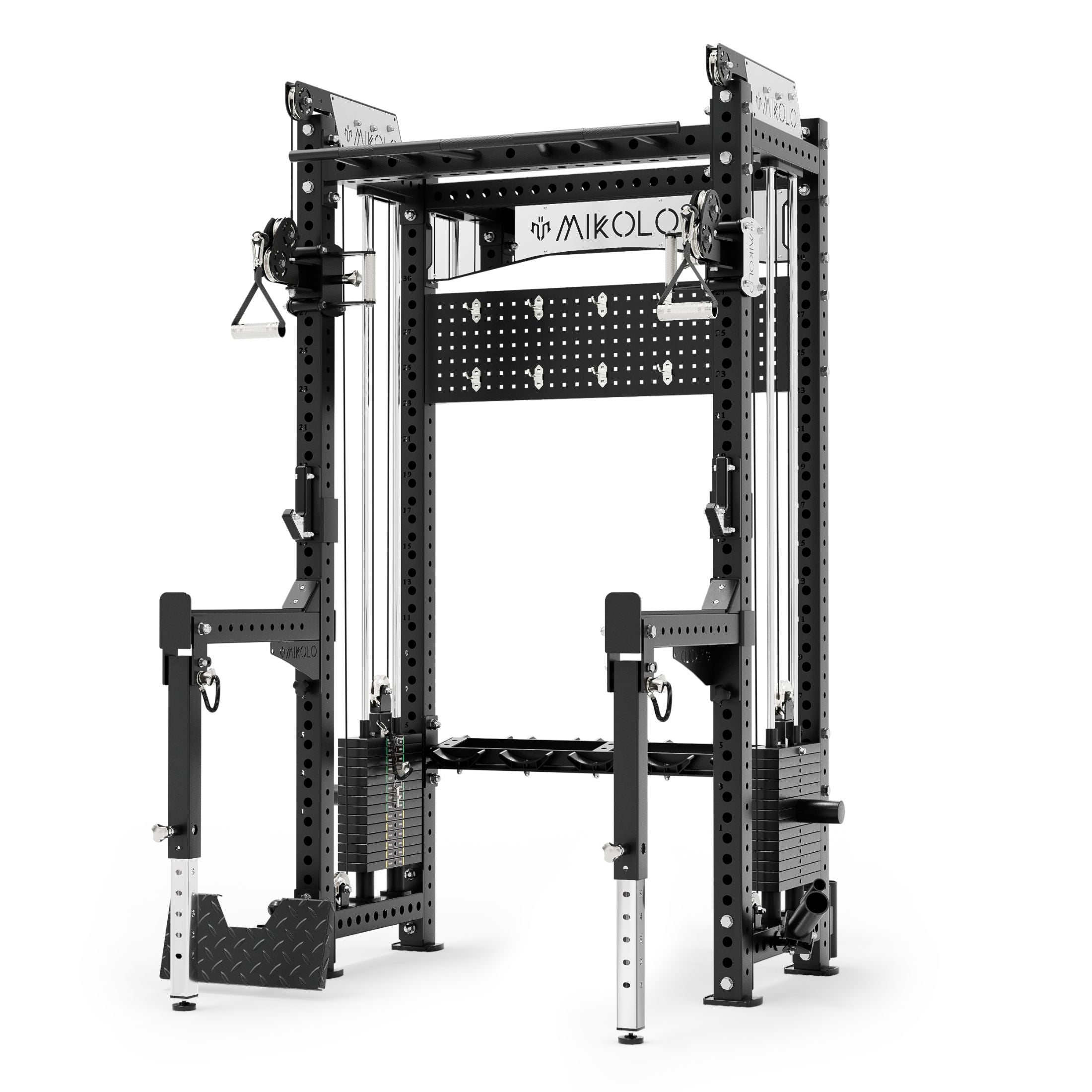




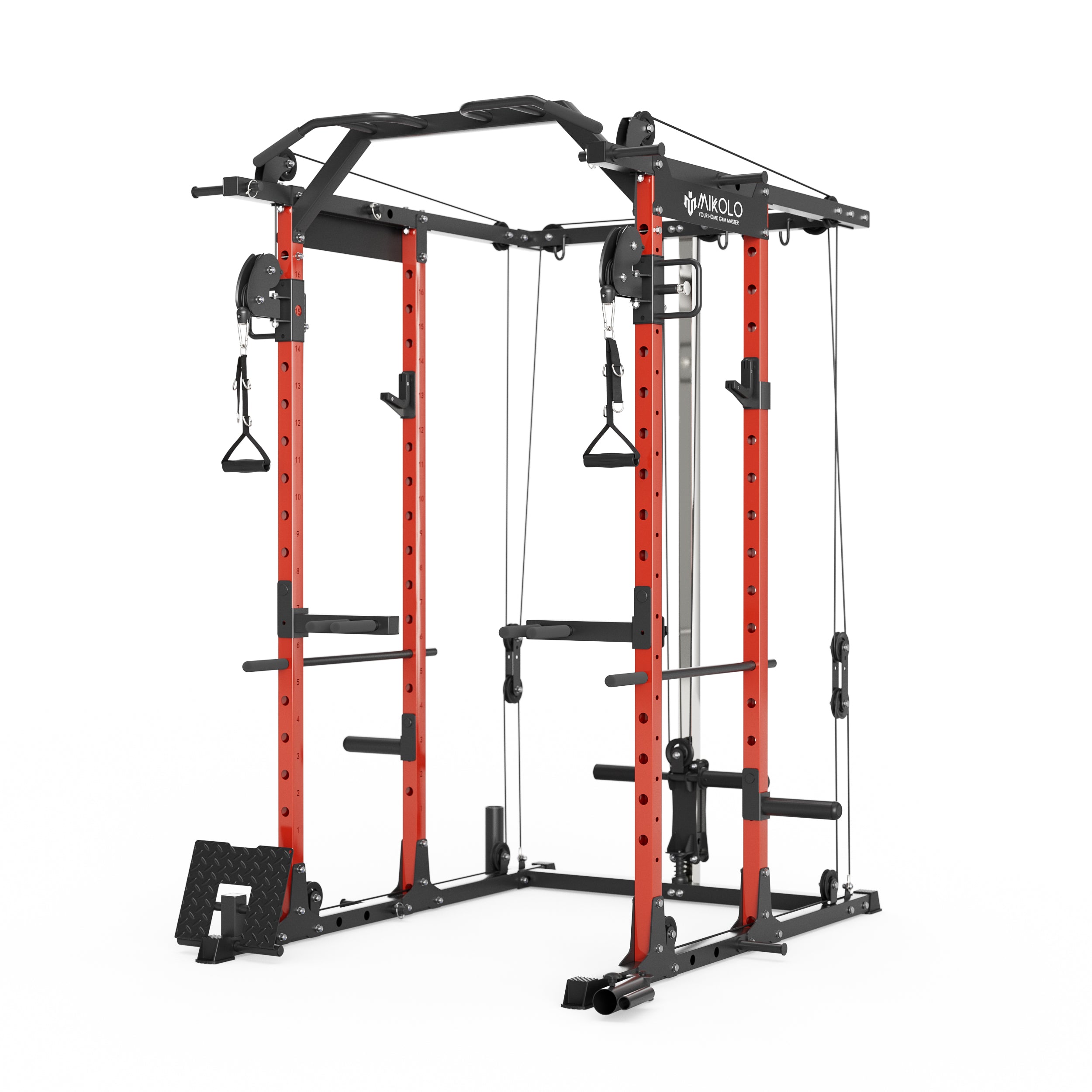
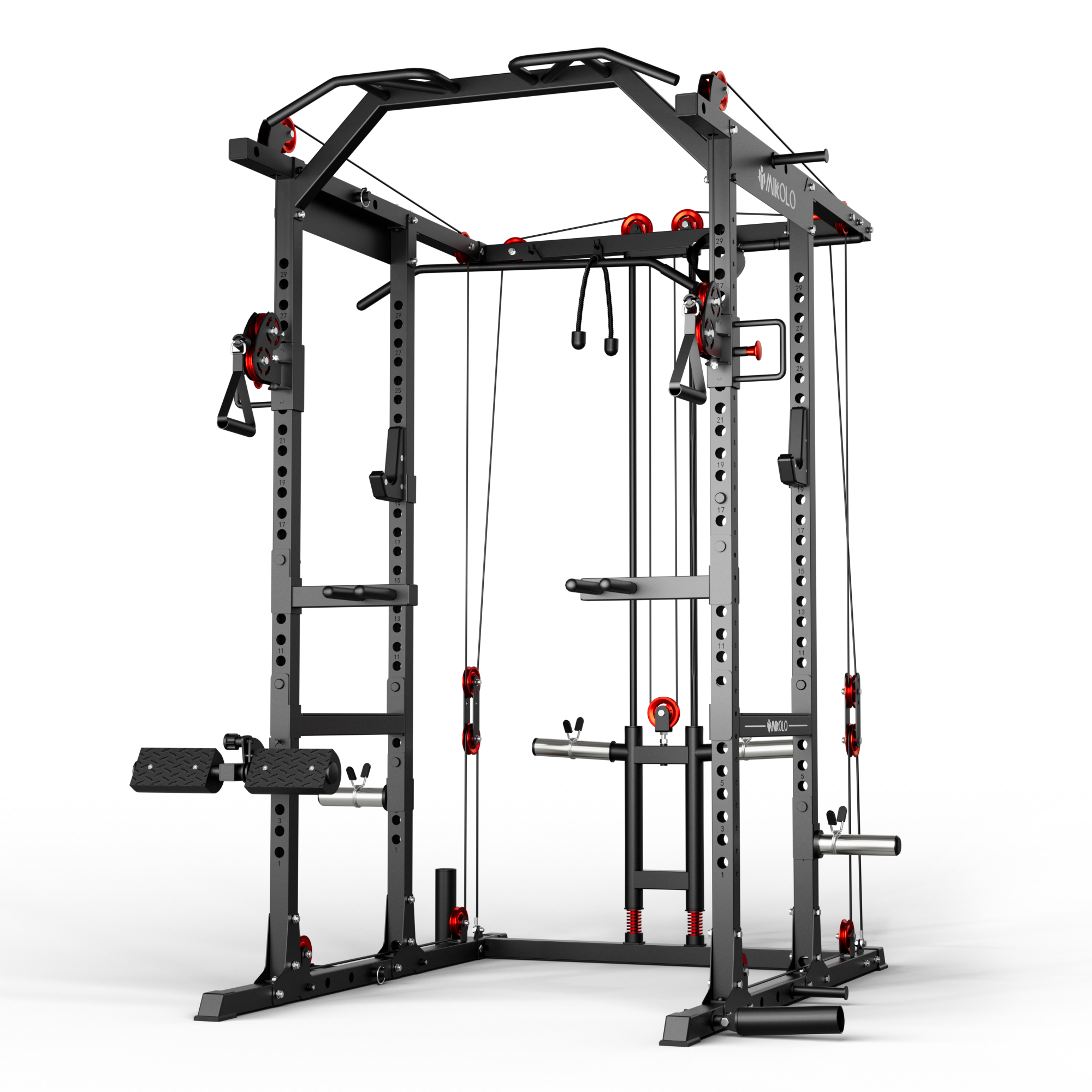

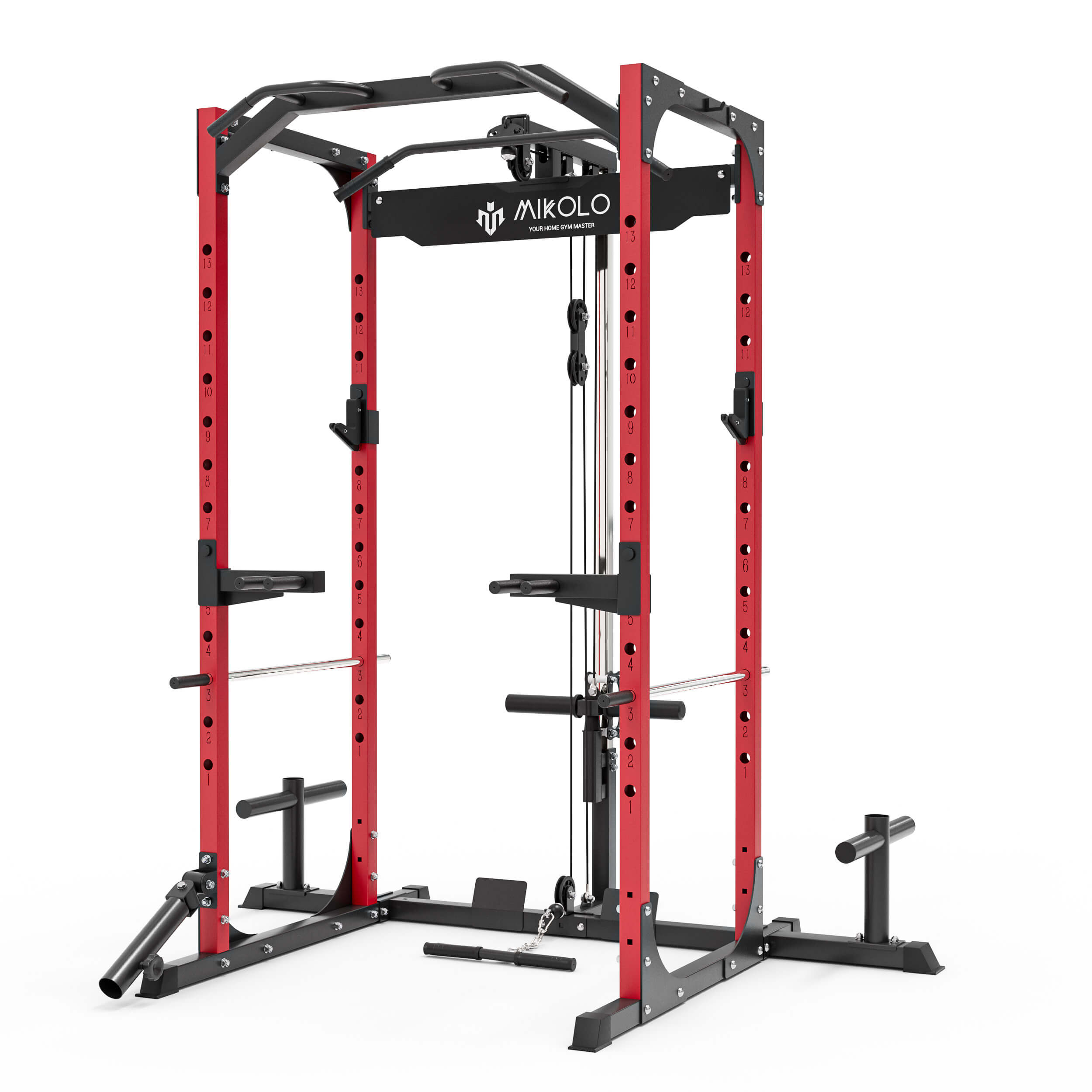



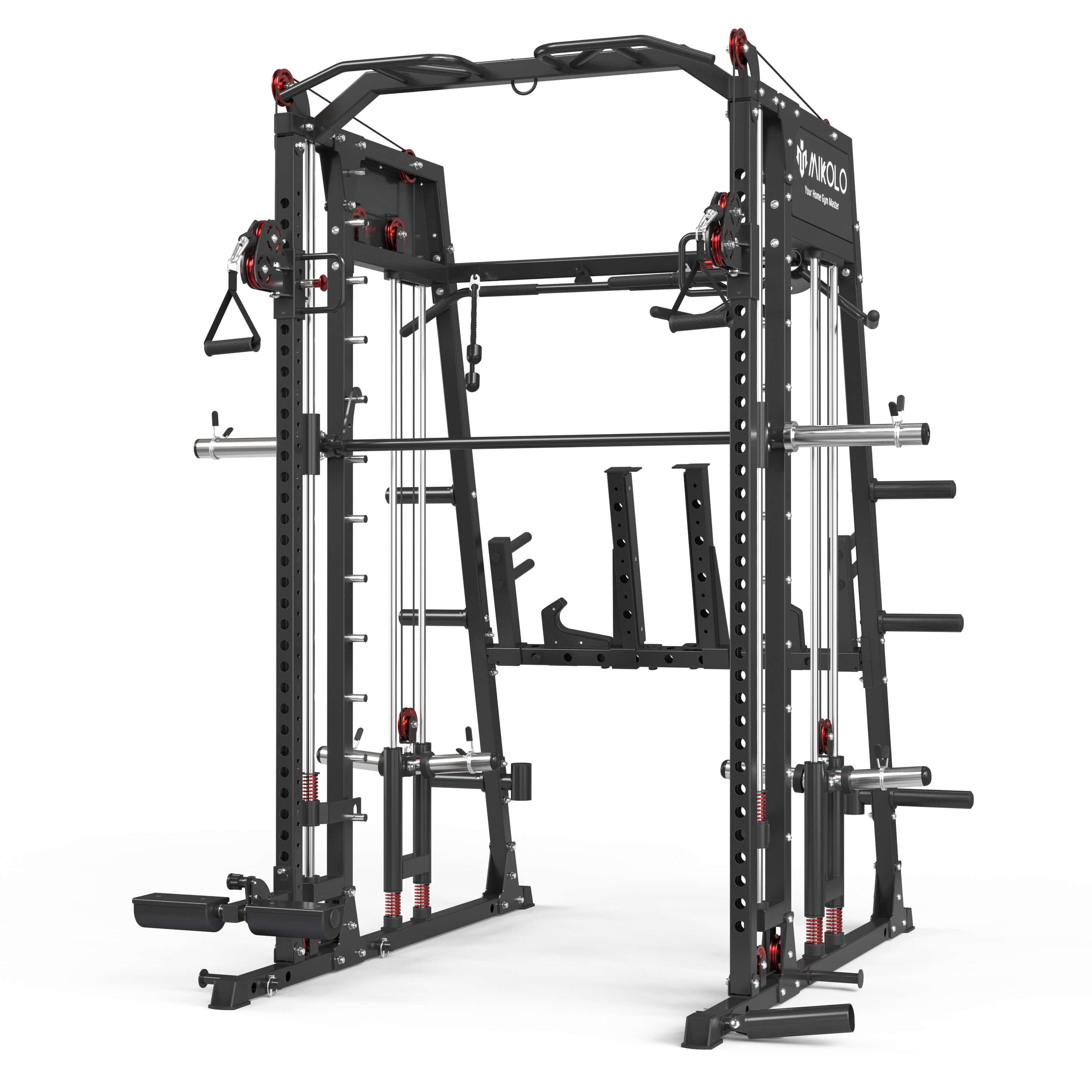

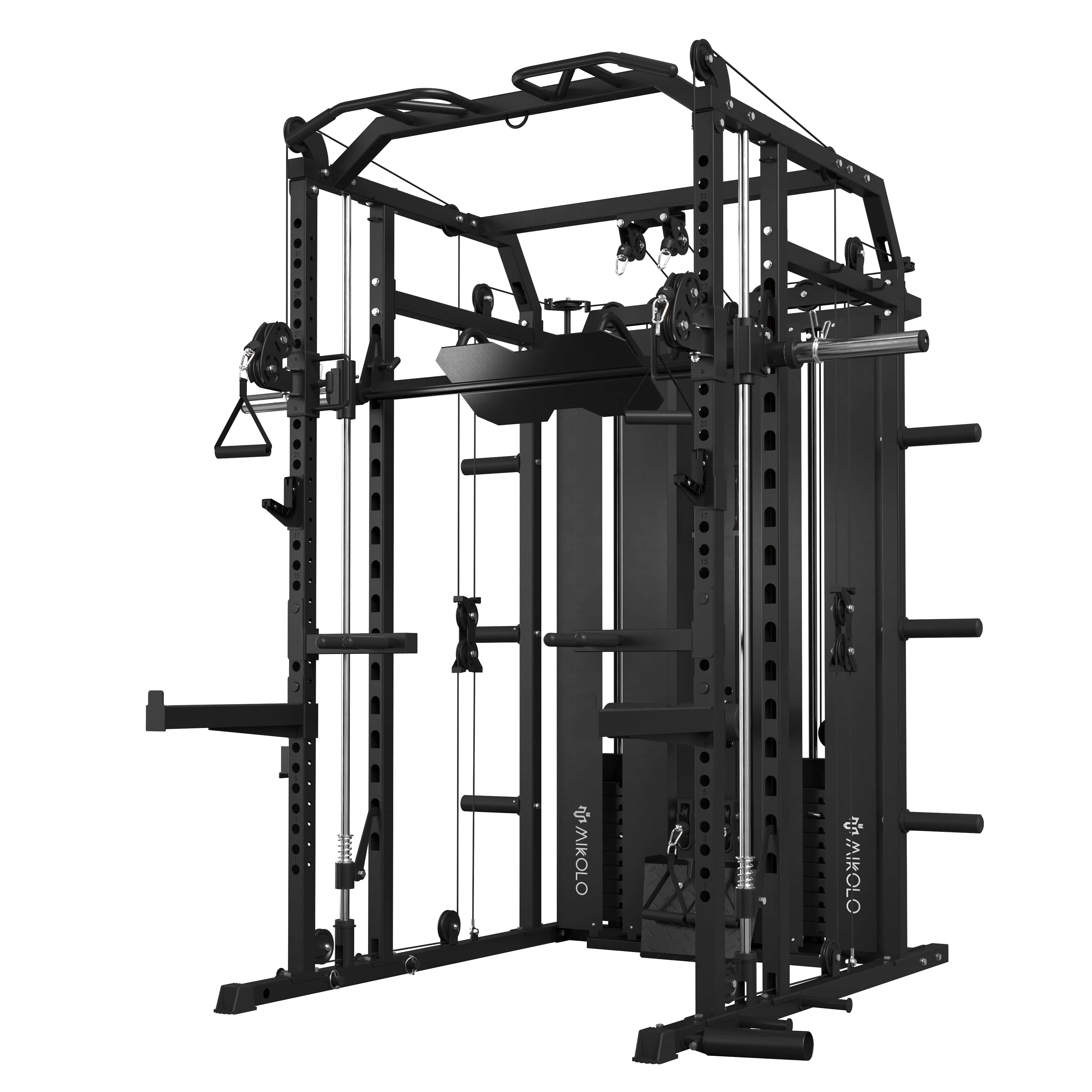
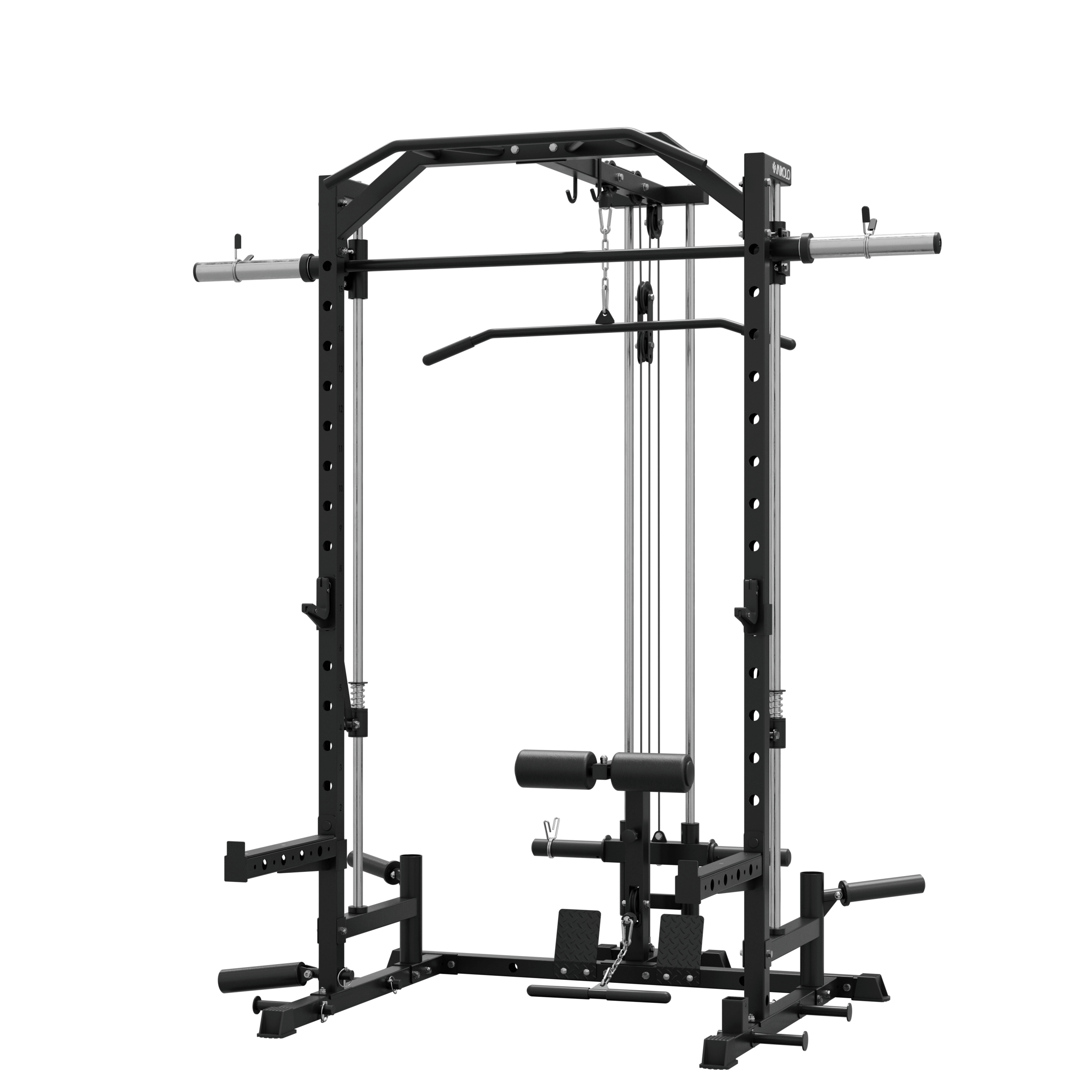
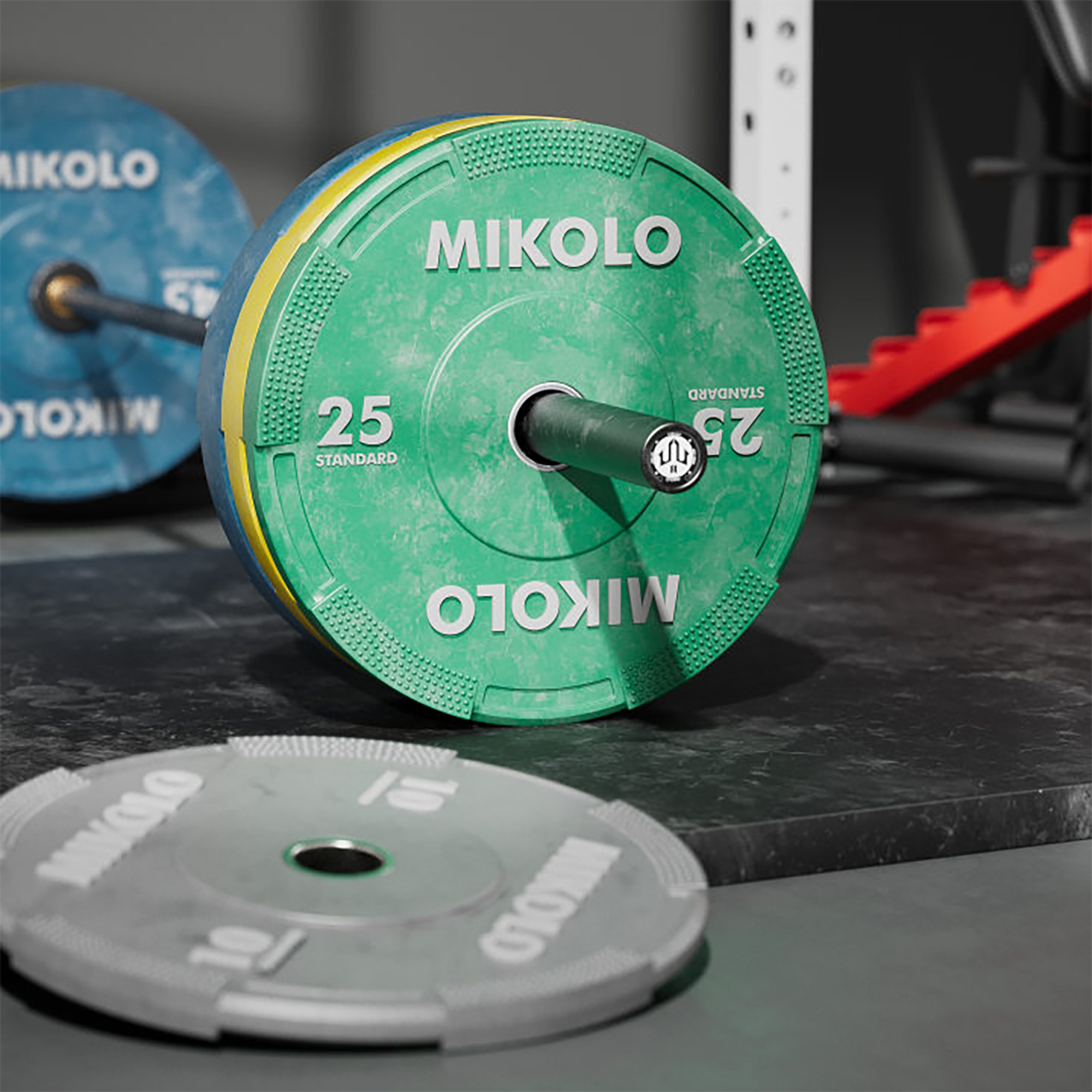






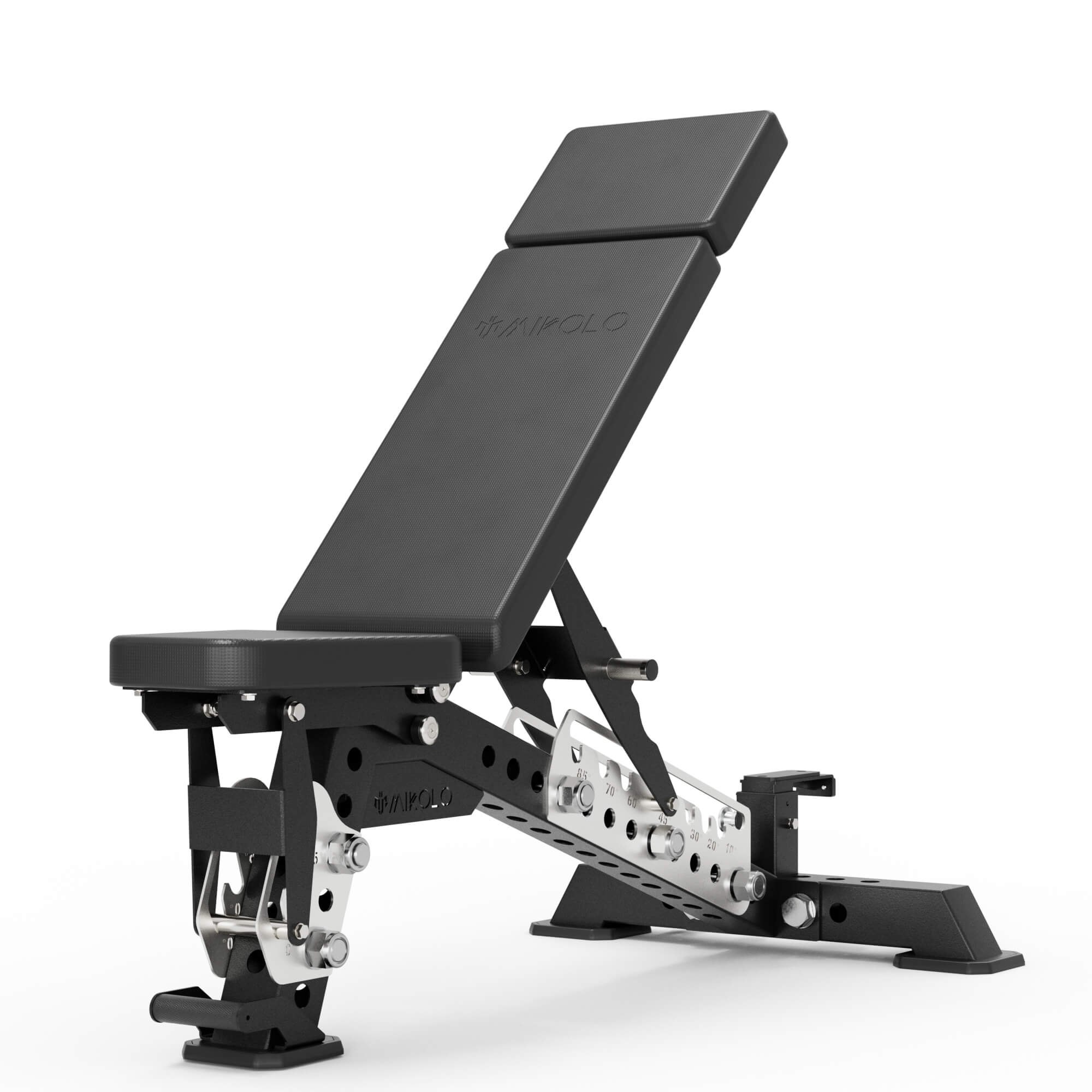
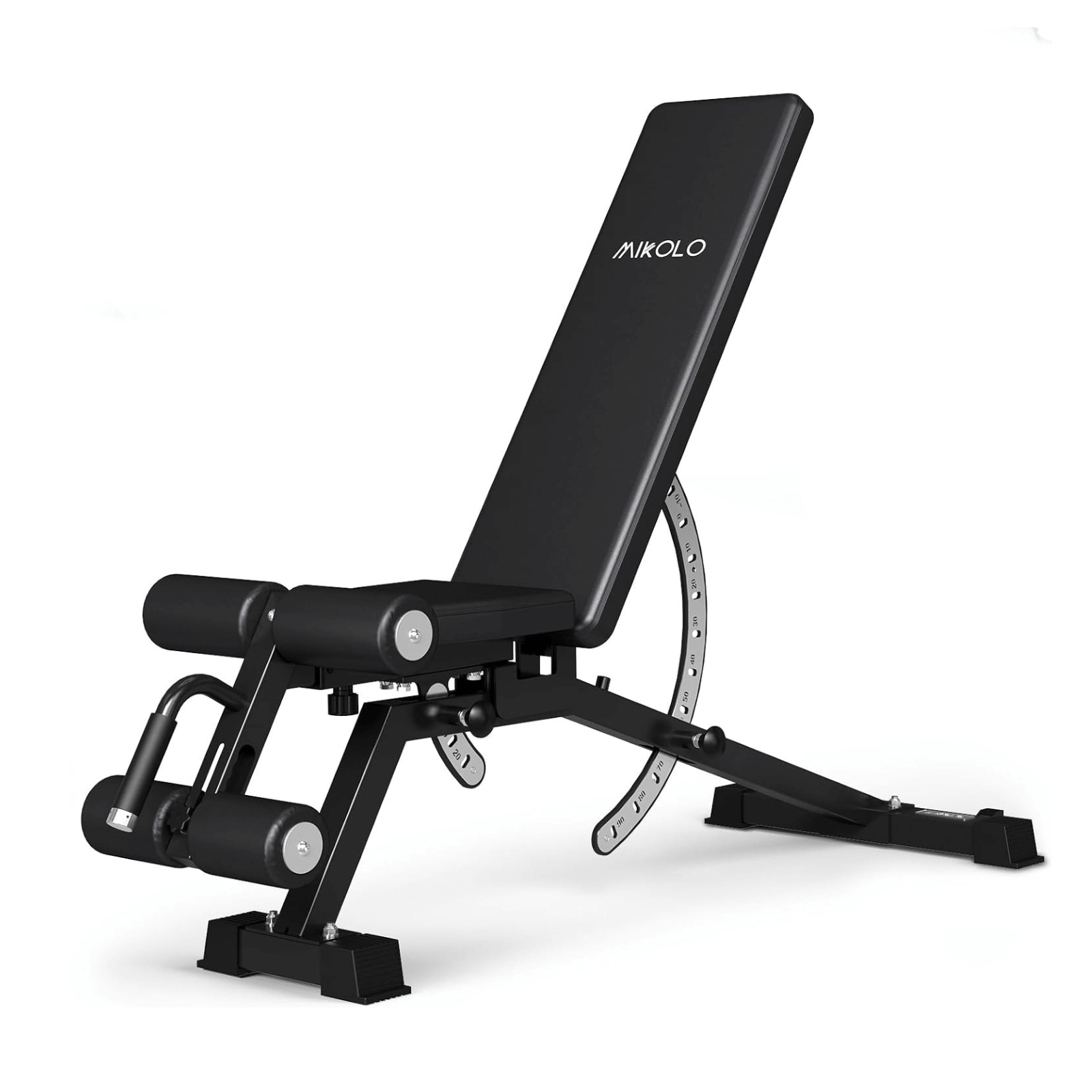









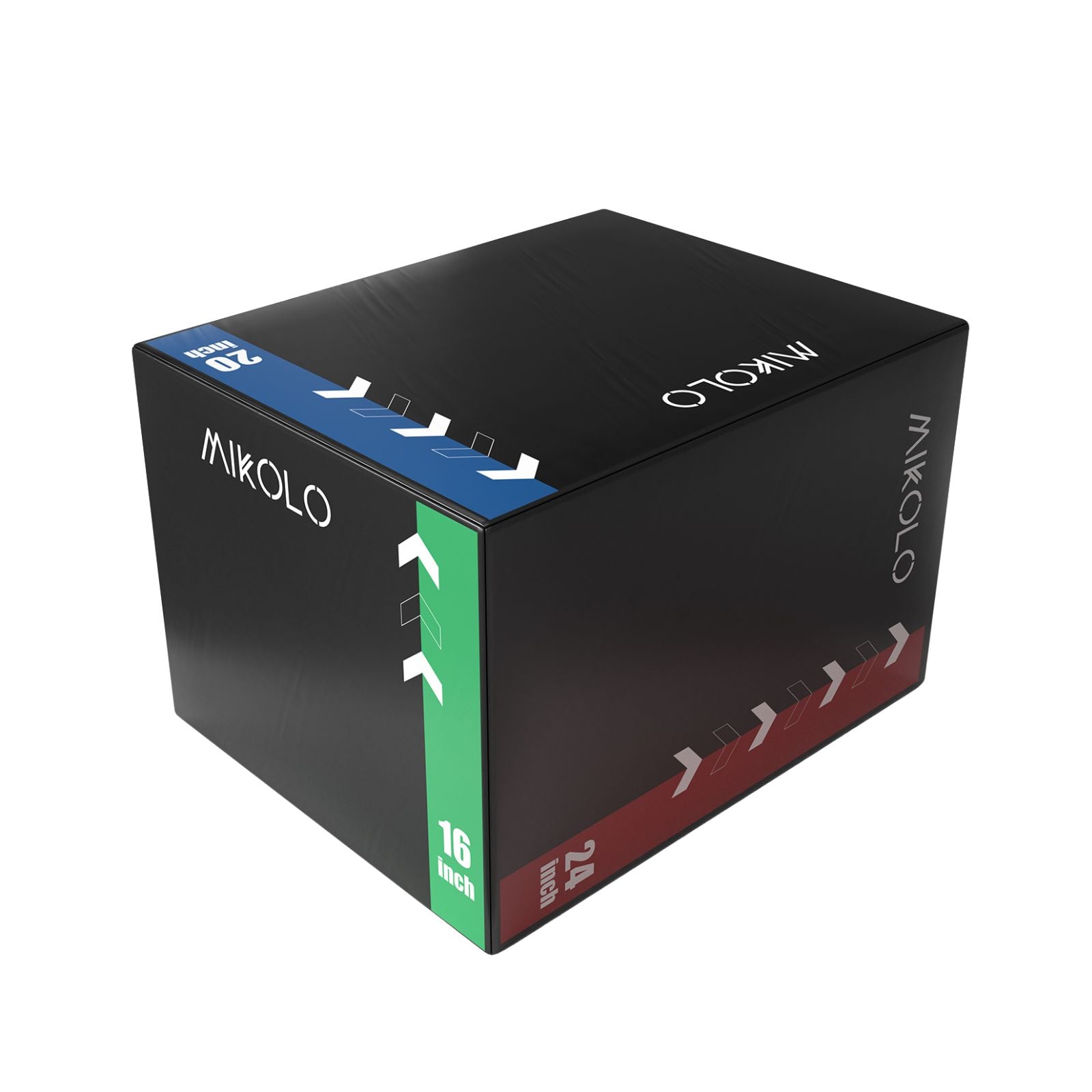

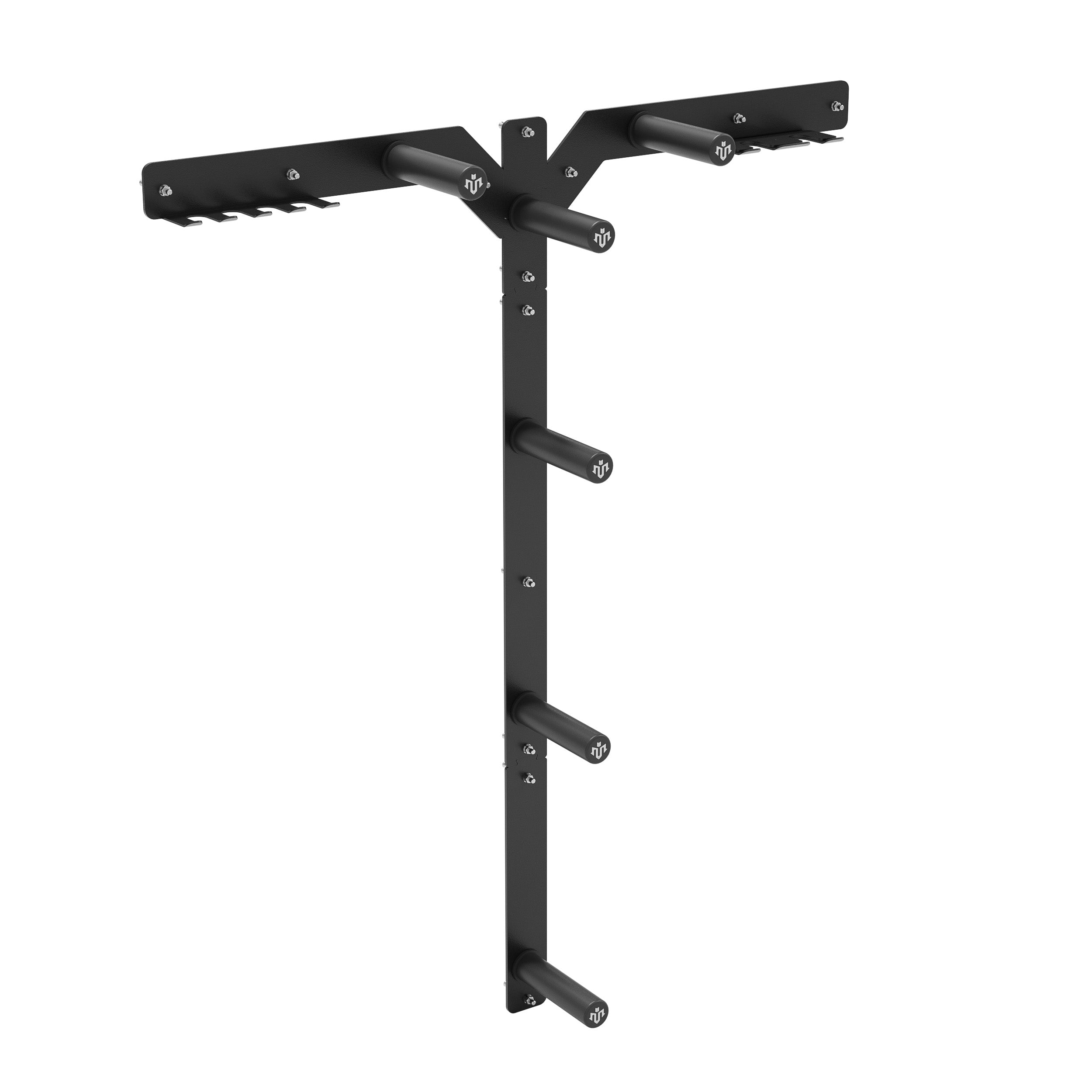




Leave a comment
This site is protected by hCaptcha and the hCaptcha Privacy Policy and Terms of Service apply.